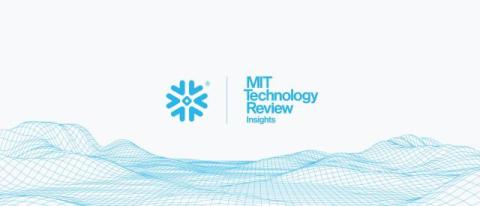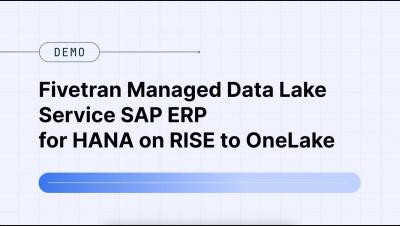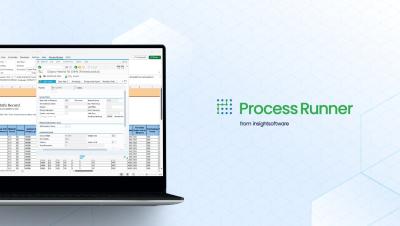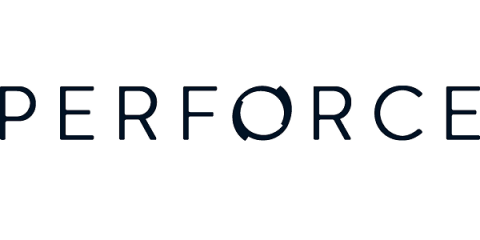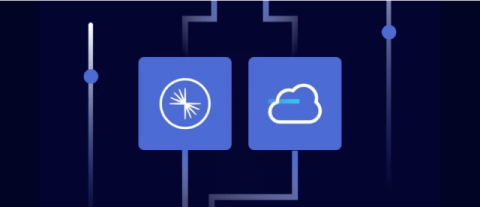How Solid Data Strategies are Fueling Generative AI Innovation
If innovation is the ultimate goal in business and technology today, then consider generative AI (gen AI) the vehicle taking us there — and a strong data strategy, the fuel. Despite all its promise of productivity gains and new discoveries, gen AI alone can't do it all. The technology needs a "very ready" data foundation to feed on, something the vast majority of businesses today (78%) do not possess, according to a new report by MIT Technology Review Insights, in partnership with Snowflake.


